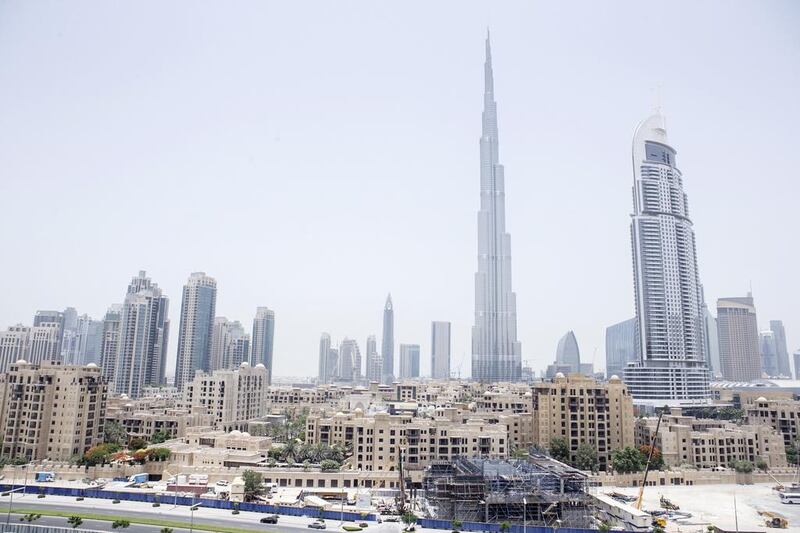For the first time in a decade, the wider Middle East region failed to deliver a “super-tall” tower of more than 300 metres in height, but projections for this year look bright, according to the Council on Tall Buildings and Urban Habitat (CTBUH).
Moreover, in the UAE, which usually leads the region in super-tall buildings, there were only two skyscrapers handed over last year, compared with four in Qatar.
The 2016 Year in Review report by Chicago-based CTBUH highlighted the 235 metre-high Regent Emirates Pearl in Abu Dhabi as the tallest building in the Middle East to be completed last year, but it ranked only joint 27th worldwide. The 212 metre-high The 118 Tower in Dubai was the only other 200 metres-plus building finished in the UAE.
Nine towers above 200 metres were completed across the Gulf last year, which is the same number as in 2015, but “pales in comparison” to the 23 skyscrapers that were built in 2011, according to CTBUH.
Yet the report cautioned against reading that this was “indicative of a swing away” from a desire for skyscrapers in the region.
“Optimistic projections show as many as nine super-tall buildings completing in the Middle East in 2017,” it said.
Of these, there are four Dubai towers that are set to be within the 20 tallest buildings in the world when completed this year. These are the long-delayed Ahmed Abdul Rahim Al Attar and Marina 101 towers, as well as Emaar’s The Address The BLVD and Damac Heights.
Chris Seymour, the regional development director for consulting engineer Mott McDonald, said the “flush” of super-tall completions in the region from 2011-13 was projects launched before the 2008 financial crisis that were too advanced to be abandoned.
The subsequent lack of super-talls is due to them becoming more difficult to fund.
“Previously, this region hadn’t been quite so sensitive as to whether numbers stacked up. It’s been a case of build it and they will come, but as liquidity tightened the numbers needed to work.”
He said super-tall towers were often not viable as stand-alone projects and need to be in the centre of a much larger land mass to create value around a site, with Burj Khalifa and Downtown Dubai an example. This will limit super-tall sites for developers who can assemble major plots in the future.
Ian Williamson, the managing director of programme management for engineering company Arcadis Middle East, said “we are starting to see a greater maturity” around tall tower projects in the region.
“In a low-price oil world, there is naturally a sharper focus on the business case, economic return and environment effect, which may determine the height of future assets that are built,” Mr Williamson said. “In some cases, tall rather than super-tall will make better commercial sense.”
Worldwide, last year was another record-breaking year for the completion of tall towers, with a total of 128 skyscrapers. More than half (66) of these, including 14 of the 20 tallest towers, were built in China.
Despite this, Mr Seymour said he did not expect the UAE to lose its crown as the home of the world’s tallest building any time soon.
“We may see more modest volumes of towers, but in terms of height, the aspiration to be the tallest will always be here. Even if, at some time a taller building is built, I think it would be rapidly followed by a response here.”
mfahy@thenational.ae
Follow The National's Business section on Twitter







